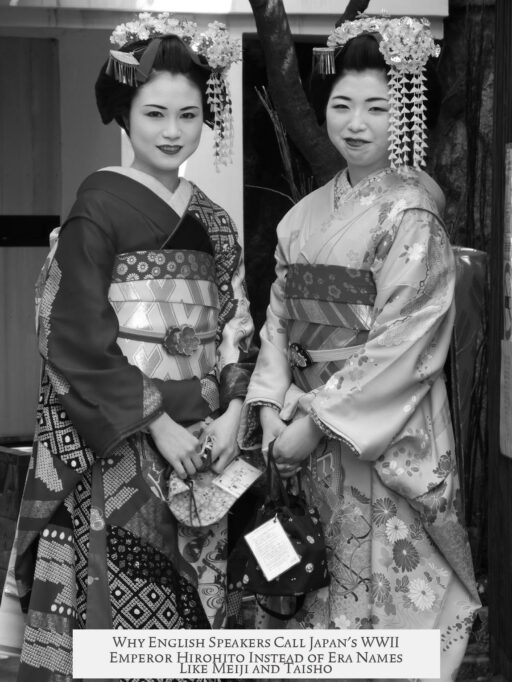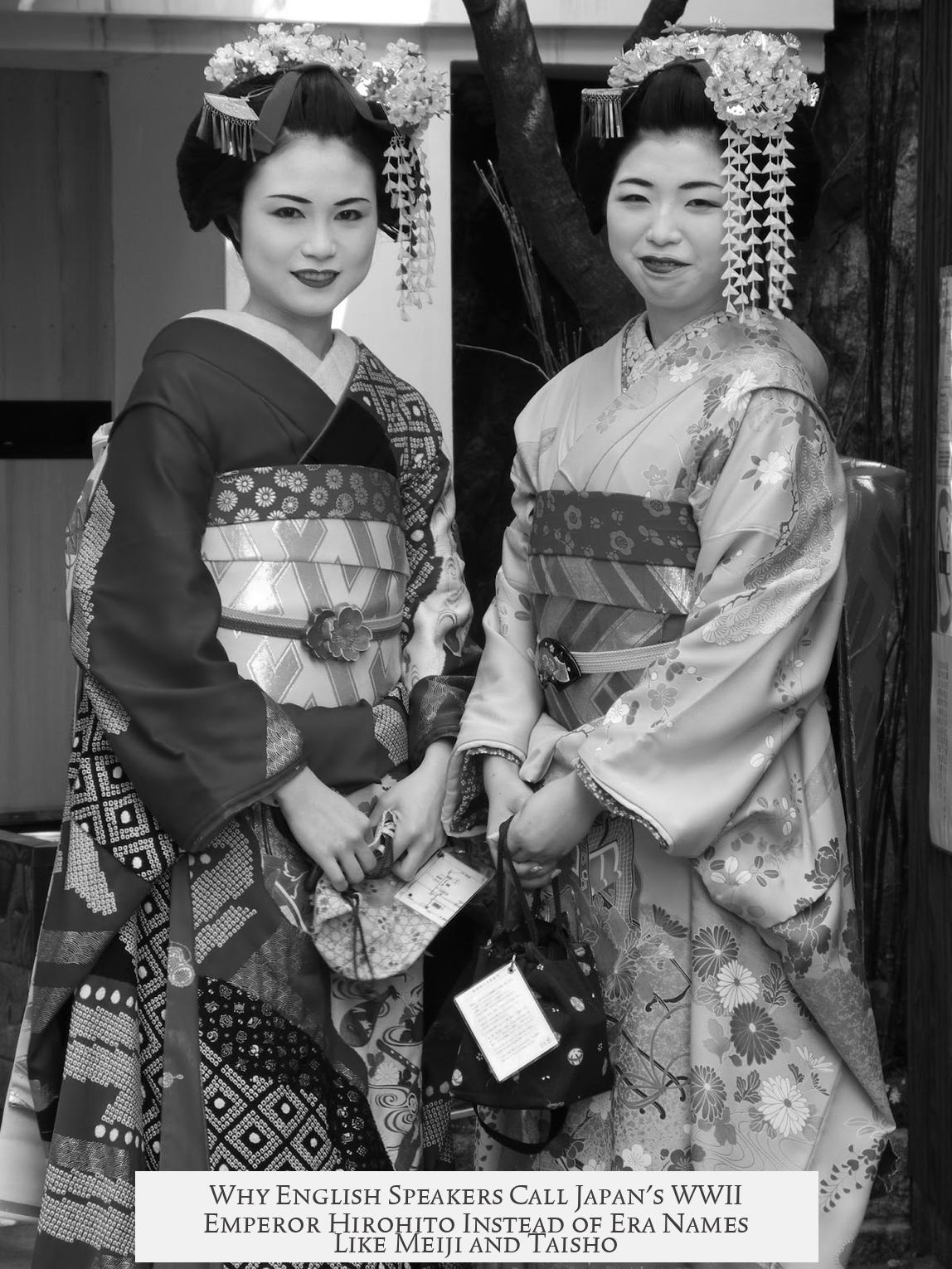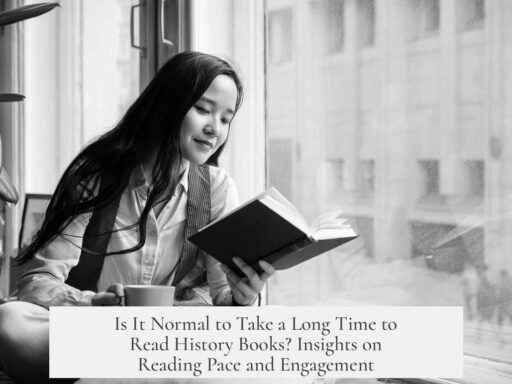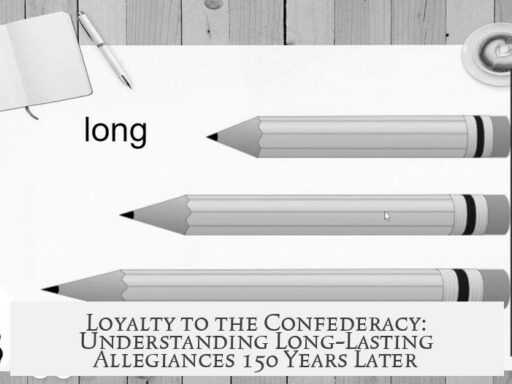In the English-speaking world, Emperor Hirohito is often referred to by his personal name, unlike earlier Japanese emperors who are known by their era names such as Meiji or Taishō. This difference arises mainly from historical and cultural contexts during and after World War II.
Hirohito’s reign coincided with a period when Japan became highly significant to the English-speaking world, especially after 1941 when Japan entered World War II. Allied propaganda and media portrayed Hirohito as an individual leader akin to Hitler and Mussolini, highlighting him personally rather than the institution of the Japanese emperor. This focus introduced and reinforced the use of his personal name internationally.
The earlier emperors, like those of the Meiji and Taishō periods, are primarily associated with the eras named after their reigns rather than personal recognition. Their significance lies in broad historical periods rather than personal actions during key conflicts. For example, the Meiji Emperor’s reign is linked to modernization and the Russo-Japanese War, but he was not a direct figure in events from the English-speaking perspective. The term “Shōwa era” (Hirohito’s era) is familiar but mainly in specific cultural contexts like film and literature.
Postwar developments increased contact between Japan and English-speaking countries. Media such as radio and television exposed audiences to Hirohito personally, who reigned from 1926 to 1989, making him the longest-reigning emperor in modern history. This extended public visibility promoted recognition of him by his personal name. Similarly, his successor, Emperor Akihito, is also commonly referred to by his name rather than an era title in English.
This pattern resembles how English-speaking media treat monarchs like Queen Elizabeth II, who is often just called “the Queen” due to high public familiarity. In contrast, earlier monarchs or emperors known primarily through historical eras do not receive this personal name emphasis.
| Reason | Explanation |
|---|---|
| World War II relevance | Hirohito personally connected to wartime events; Allied media emphasized his individual role. |
| Era-name association | Earlier emperors linked more with period names than direct personal fame. |
| Postwar media exposure | Radio and TV made Hirohito well-known by name in English-speaking countries. |
| Length of reign | Hirohito’s long reign increased public recognition of his personal name. |
| Continuity | Later emperors like Akihito also referred to by personal names in English. |
- Hirohito is known by personal name due to direct wartime relevance and media exposure.
- Previous emperors are identified by era names linked to historical periods.
- Long reign and postwar contact with Anglosphere elevated Hirohito’s name recognition.
- The naming pattern continues with subsequent emperors like Akihito.
- Similar conventions apply to English monarchs regarding public familiarity.
Why Do English Speakers Call Japan’s WWII Emperor “Hirohito” but Earlier Emperors by Their Era Names?
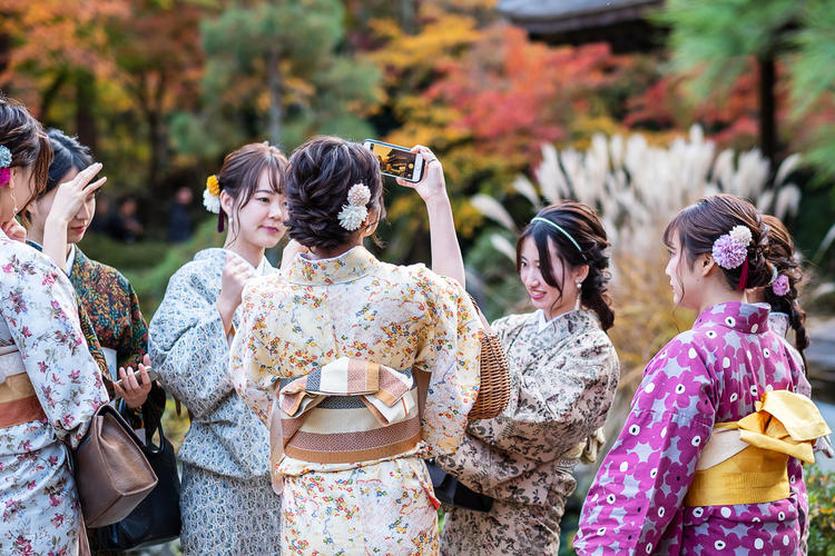
The English-speaking world calls the WWII emperor of Japan “Hirohito” instead of using his era name “Shōwa,” unlike earlier emperors known by eras like Meiji and Taishō, mainly because Hirohito was a personally known figure during a time when Japan’s actions had direct, dramatic impact on the West.
Now, let’s unpack this naming mystery. The difference isn’t random; it comes from history, media, and the evolution of international relations.
Hirohito: A Known Person, Not Just a Symbol
Unlike his predecessors, Hirohito was a living, breathing individual who was globally recognized during his lifetime. Why? Because from 1941, Japan was suddenly and alarmingly relevant to the English-speaking world due to its role in World War II.
Imagine this: for many Westerners, Hirohito was no mere symbol on a flag or statute. He was the face behind Japan’s wartime decisions, the emperor who signed the surrender papers. This personal connection made “Hirohito” easier and more meaningful to use than a name tied only to an era.
Wartime Propaganda’s Role: Hirohito as a “Named Villain”
During WWII, Allied propaganda needed villains alongside Hitler and Mussolini. Enter Hirohito, the Japanese counterpart, named, spotlighted, and sometimes vilified. Unlike previous emperors who remained distant figures mostly unknown to Westerners, Hirohito was thrust into headlines, radio shows, newsreels, and discussions.
This propaganda intensified his personal recognition. In English-language newspapers and radio broadcasts, it was simpler and more impactful to say “Hirohito” than “Emperor of the Shōwa era.”
Earlier Emperors Are Known By Their Era Names: Why?
Before Hirohito, emperors like Meiji (reigned 1867-1912) and Taishō (1912-1926) were less personally known in the West. Their reigns are linked to historical eras which carry broad associations. For example, “Meiji” brings to mind Japan’s modernization and the Russo-Japanese War, rather than the man himself.
These emperors were viewed more as symbolic markers for a period rather than active historical personalities affecting global affairs directly recognized by the West. While the Western world learned of the “Meiji era” or “Taishō period” over time, people were never quite familiar enough with the emperors’ personal names.
Think of it like this: We remember a century better than the people who ruled it.
Postwar Media, Technology, and Closer Contacts Kept Hirohito Famous
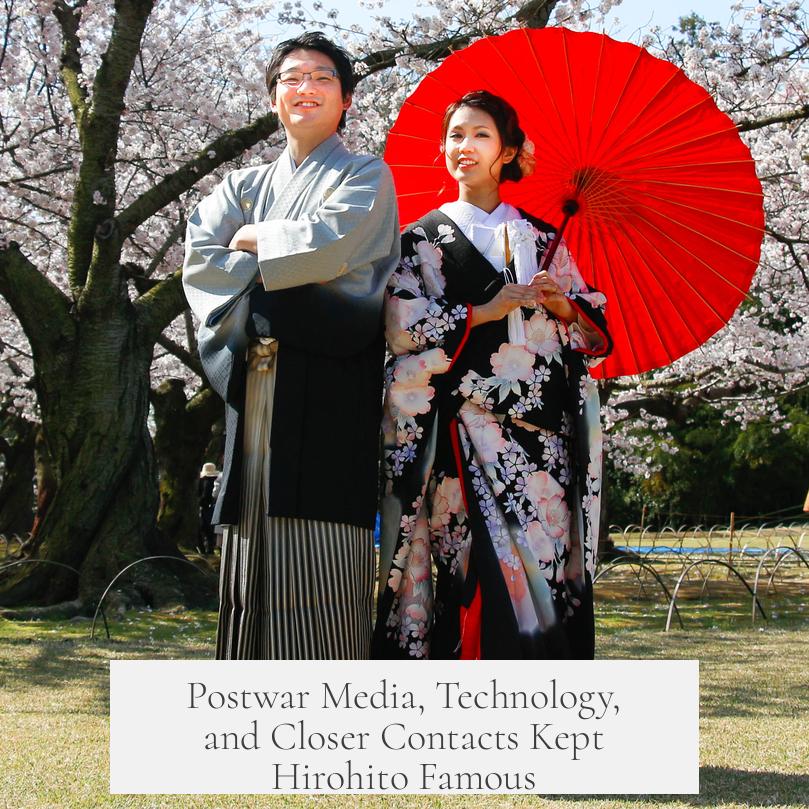
After WWII, Japan rapidly opened up to the world, notably the English-speaking countries. Radio, television, newspapers, and eventually the internet brought Emperor Hirohito into Western homes.
This continued personal exposure helped the English-speaking public associate the emperor directly with the name “Hirohito.” His long reign—over 60 years, the longest in modern Japanese history—made him a continuous familiar figure from wartime into the modern era.
Why Didn’t This Hold True for Meiji and Taishō?
Technology was different. Japan’s early modernization period (Meiji era) happened before the rise of mass global media. Plus, Japan was more isolated from Western cultures before the 20th century than in Hirohito’s time.
Where Hirohito’s reign lasted into the era of modern media – TV and radio – the earlier emperors’ fame rested more on historians and era associations.
This Naming Convention Continued Beyond Hirohito
The pattern didn’t stop with Hirohito. His son, Emperor Akihito, is also known by his personal name in English contexts, not just the “Heisei era.” This shows a newer convention—personal identification of emperors rather than just era names—gained traction in English culture due to increased access and media exposure.
An Analogy from the English-Speaking World: Queen Elizabeth II
To illustrate, think of the UK’s Queen Elizabeth II. She is commonly referred to simply as “the Queen,” a personal identifier, rather than by her era. People who grew up watching her reign directly associate a person, not just a time period.
Similarly, Hirohito, being a living, public figure during a significant global conflict, earned personal name recognition, unlike prior Japanese emperors.
Summary Table: Why We Say “Hirohito” and Not “Shōwa” Like Meiji or Taishō
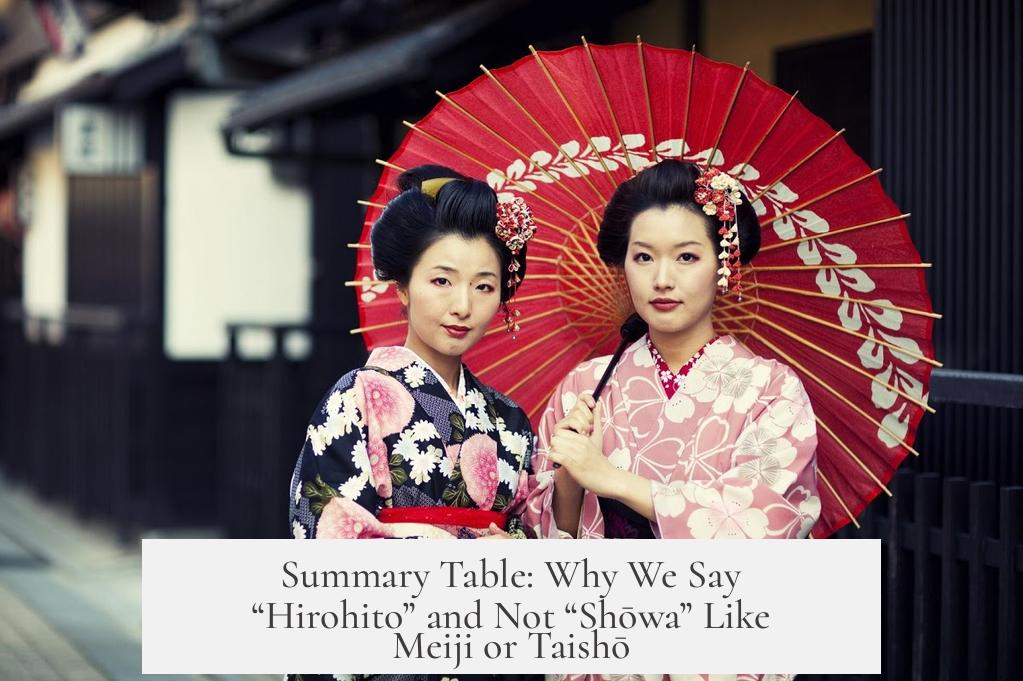
| Factor | Earlier Emperors (Meiji, Taishō) | Hirohito (Shōwa) |
|---|---|---|
| Public Familiarity | Low during lifetime, known mainly by era | High – known personally during lifetime |
| Media Exposure | Limited mass media; era association | Wartime propaganda, radio, TV, global media |
| Historical Context | Symbolic eras; Japan less central globally | WWII involvement; direct impact on English-speaking world |
| Postwar Recognition | Era names retained, linked to history | Personal name used widely, continued postwar |
| Length of Reign | Shorter reigns; eras used as markers | Longest-reigning emperor in modern era |
Final Thoughts: A Cultural Shift Fueled by History and Media
The reason Hirohito is called by his personal name in the English-speaking world while earlier emperors are named after eras boils down to a mix of historical events, propaganda, and evolving media landscapes. The intense focus on Japan during WWII made Hirohito a person rather than a distant symbol. Subsequent changes in media and diplomacy only deepened this personal connection.
So next time you hear “Hirohito,” remember: it’s not just a name, it’s history speaking directly to us through a man known by the English world like few imperial figures ever were.
Why is Emperor Hirohito called by his personal name in English, unlike previous Japanese emperors?
Hirohito became widely known by name during World War II. Allied media portrayed him as a person, not just an institution, which was different from earlier emperors.
Why are earlier Japanese emperors referred to by their era names like Meiji and Taishō?
Earlier emperors are mainly associated with the eras named after them. They were less personally involved in key events and not widely recognized by name outside Japan.
Did postwar media exposure influence how Hirohito was referred to in English?
Yes. After World War II, Japan’s exposure to English-speaking media grew. Hirohito reigned for decades and appeared frequently in news and broadcasts under his name.
Is Hirohito’s naming convention unique among Japanese emperors in modern times?
No, Hirohito’s successor Akihito is also often referred to by his personal name in English. This reflects more modern familiarity and media coverage.
